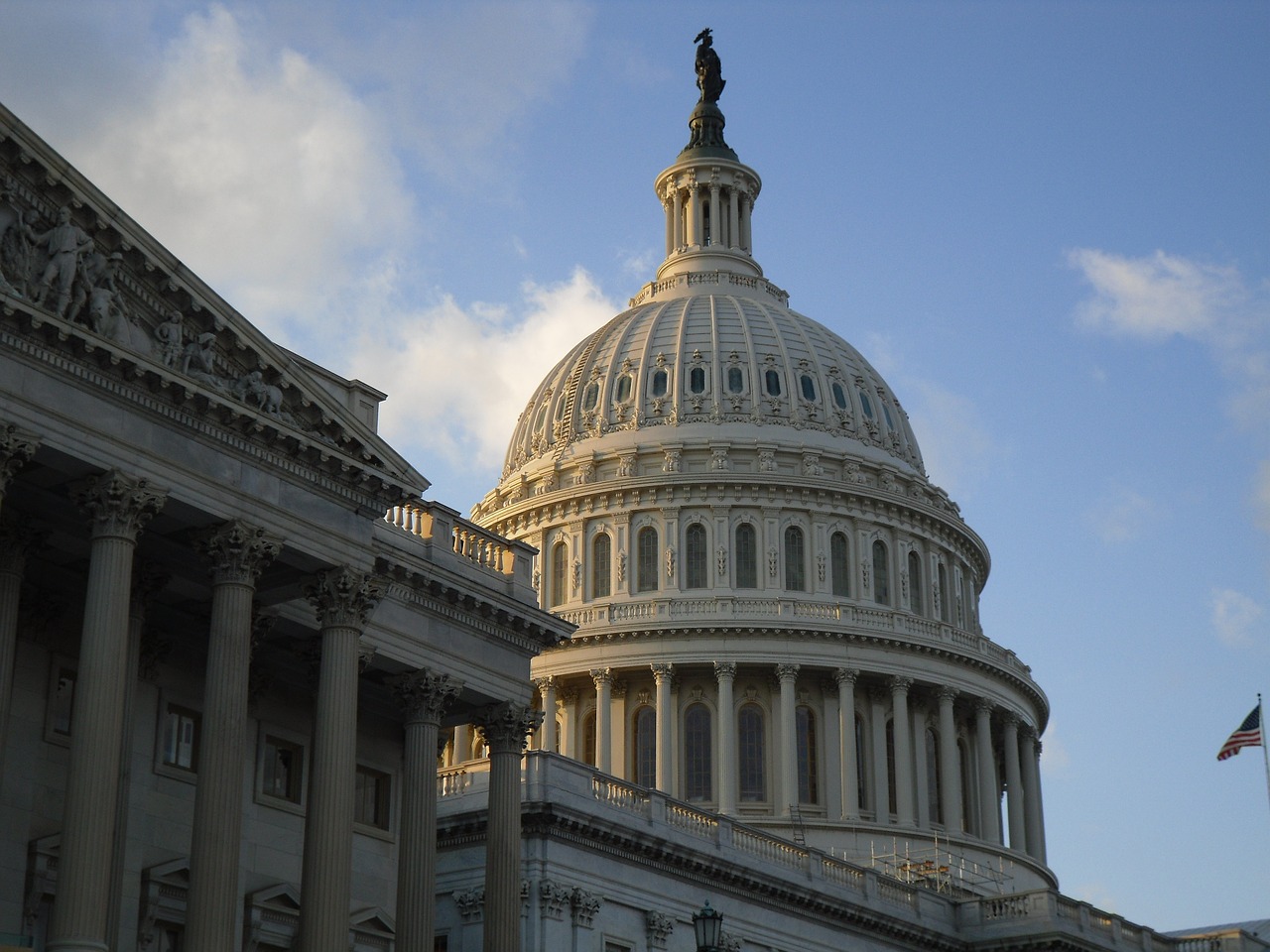Fall 2020 Congressional Update and Outlook
Appropriations
Top of mind in Congress is a stopgap spending bill to fund the federal government and prevent a shutdown by Sept. 30. Late Tuesday, the House approved a bipartisan continuing resolution (CR) to keep the government funded through the election into early December. The Senate could vote on the measure next week and send it to the President’s desk for signature before the end of the month to avoid a government shutdown. The CR (HR 8337) would extend current appropriations levels through December 11, 2020; a summary of the measure is here. This bill would restore money for farm payments supported by lawmakers from both parties that House leaders had rejected in an earlier stopgap bill and would restore new money for a pandemic-related program funding subsidized meals to children who would normally receive them when schools are open, among other nutrition assistance.  If the short term spending bill passes, Congress would likely take up appropriations bills after the election. The House passed all appropriations bills, including funding for Interior, Environment, and Related Agencies, with 10 of the 12 bills in two “minibus” packages (H.R. 7608, H.R. 7617), and two independent bills, Homeland Security (H.R. 7669) and Legislative Branch (H.R. 7611). The Senate Appropriations Committee called off markups due to disputes on limiting amendments, and none of the Senate’s appropriations bills have been released.
If the short term spending bill passes, Congress would likely take up appropriations bills after the election. The House passed all appropriations bills, including funding for Interior, Environment, and Related Agencies, with 10 of the 12 bills in two “minibus” packages (H.R. 7608, H.R. 7617), and two independent bills, Homeland Security (H.R. 7669) and Legislative Branch (H.R. 7611). The Senate Appropriations Committee called off markups due to disputes on limiting amendments, and none of the Senate’s appropriations bills have been released.
PFAS
Legislation addressing per- and polyfluoroalkyl substances (PFAS) is included in the annual defense authorization acts (referred to as the NDAA – National Defense Authorization Act) in both chambers, which set policy for the Department of Defense (DOD). Both versions of the NDAA would require DOD to survey alternatives to firefighting foams (AFFF) that contain PFAS. In addition, the House bill (H.R. 6395, which the House passed July 21 by a vote of 295-125) directs DOD to notify Congress within 48 hours of fluorinated AFFF use at any base, require disclosure of PFAS discharges over 100 pounds to the EPA Toxics Release Inventory, ban burning materials with PFAS or AFFF until DOD finalizes safe disposal standards. The Senate version (S. 4049, which the Senate passed July 23 by a vote of 86-14) would fund a CDC study on PFAS contamination in drinking water. Negotiators must now reconcile the differences in their chambers’ authorization measures.
Water Infrastructure
The House passed their version of the Water Resources Development Act (WRDA) reauthorization (H.R. 7575) in July. The bill focuses on funds to meet repair needs of the nation’s largest ports and the Great Lakes harbors. It would also direct funds for 38 new projects and 35 studies including repairing locks and dams on inland waterways, boosting coastal shorelines against flooding, and protecting waters against invasive species.
The Senate Committee on Environment and Public Works approved two water related bills in May. The America’s Water Infrastructure Act (S. 3591) would authorize $17 billion for Army Corps of Engineers’ water infrastructure projects and the Drinking Water Infrastructure Act (S. 3590) would authorize $2.5 billion for programs to clean up PFAS and other contaminants, among other programs, and would reauthorize a safe drinking water emergency fund. Though the bills have been approved by the Committee, they have not yet been brought to the Senate floor for a vote. Although action is still possible on a Water Resources Development Act, with the upcoming national election, a vacant Supreme Court seat, potential additional legislation on virus response, and with none of the 12 appropriations bills for fiscal 2021 close to the president’s desk, it is unlikely to reach the Senate floor this year.

